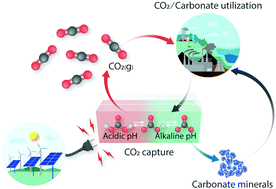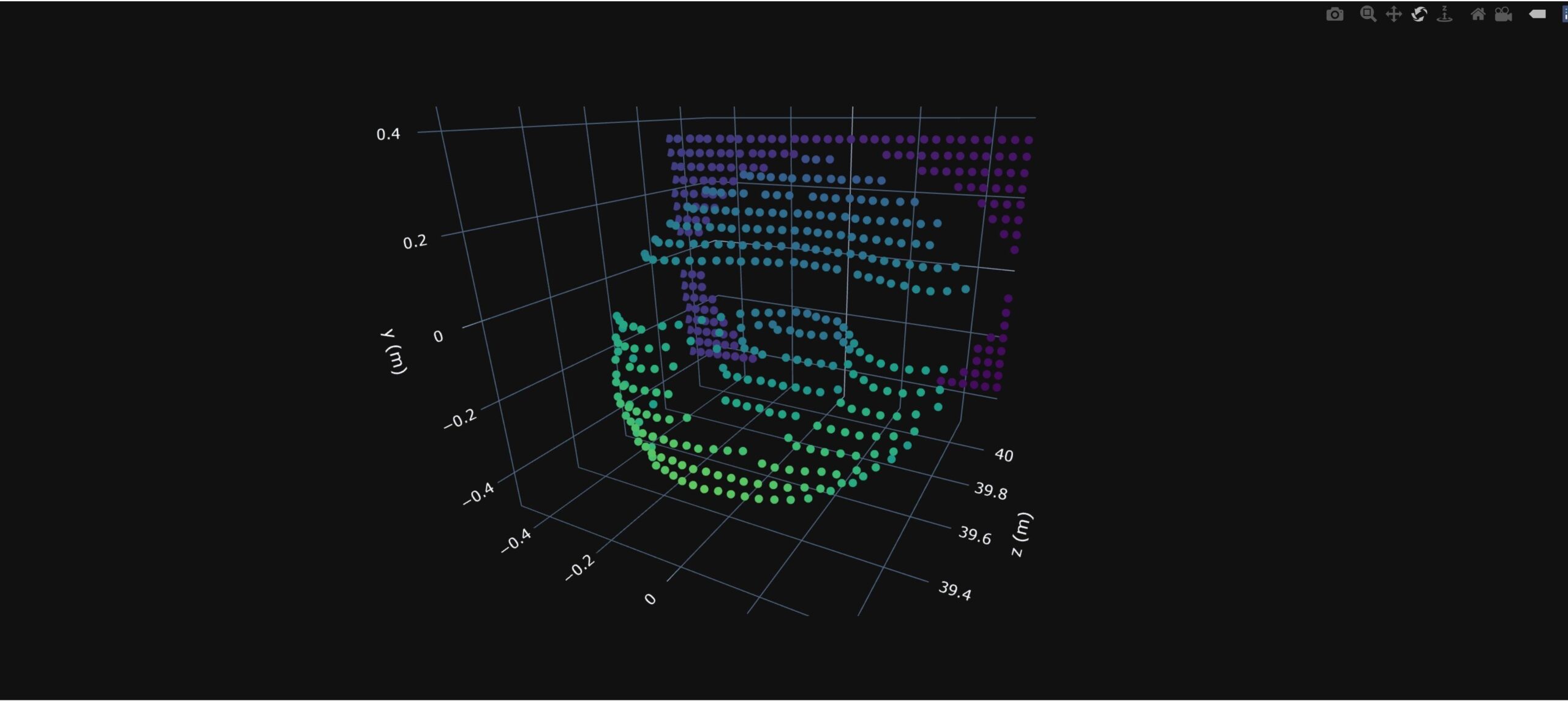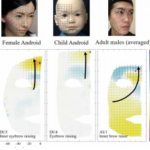(CO2 removal from the atmosphere using sustainable energy)
2021/2/3 オランダ・デルフト工科大学(TU Delft)
・ TU Delft、オランダ・Wetsus 研究所と米国・Caltech が、大気中の CO2 を捕獲・除去する持続可能な複数の技術を初めて比較分析し、大規模な処理を可能にする技術について報告。
・ CO2 の捕獲・除去が可能な環境は、大規模な集中排出源から分散した各排出箇所まで多岐にわたる。発電所や産業の集中源からの CO2 排出量は特定の割合に留まり、自動車、農業、ヒーティングや航空産業等の分散源からの排出量は全体の 40%を占める。
・ このような集中・分散排出源での CO2 捕獲・除去技術の開発は進んでいるが、特に分散排出源に対処する、エネルギー効率に優れたクリーンな技術が少ない。本報告では、ソリューションの一つとして電気化学的な pH スイングによる技術に注視する。
・ 同技術では、CO2 を炭酸塩または重炭酸塩に変換して高純度の CO2 または石灰岩として収集する。研究室での実験により、同技術の効果と、熱よりも電気ベースでの有効性を確認した。
・ CO2 の炭酸塩等への変換には、理論上では大量のエネルギーを必要としないが、現行の技術では理論上の変換で必要とされる量よりも平均して 50%多くエネルギーを使用するためエネルギー効率性が不十分。様々な CO2 捕獲・除去技術では、エネルギーの使用量が課題となる。
・ 大気中の CO2 量は比較的低いことから、変換反応の原料としての利用が難しい。そのため、海洋からの CO2 捕獲を有効なオプションとして提案。大気中の CO2 を毎年大量に吸収する大きなバッファの役割を担う海洋は、分散排出源からの CO2 を捕獲する究極の方法となる。
・ 既存の淡水化設備を利用することで、海水からの CO2 除去も可能に。酸や塩基をベースとした技術コンセプトは、導電性に優れたメンブレンとより良い電気化学電池設計により、実現可能性とエネルギー効率性が向上している。同技術はまた、淡水化設備への水垢の積層の回避にも有効。
・ 研究チームは、水中の CO2 を高濃度 CO2 ガスまたは炭酸カルシウムに変換する技術の開発にすでに着手。研究室での小規模な変換反応の実証に成功。大規模なアプリケーションの方法を探求する。
URL: https://www.tudelft.nl/en/2021/tu-delft/co2-removal-from-the-atmosphere-using-sustainable-energy
<NEDO海外技術情報より>
(関連情報)
Energy & Environmental Science 掲載論文(フルテキスト)
Electrochemical carbon dioxide capture to close the carbon cycle
URL: https://pubs.rsc.org/en/content/articlelanding/2021/EE/D0EE03382K#!divAbstract
Abstract
Electrochemical CO2 capture technologies are gaining attention due to their flexibility, their ability to address decentralized emissions (e.g., ocean and atmosphere) and their fit in an electrified industry. In the present work, recent progress made in electrochemical CO2 capture is reviewed. The majority of these methods rely on the concept of “pH-swing” and the effect it has on the CO2 hydration/dehydration equilibrium. Through a pH-swing, CO2 can be captured and recovered by shifting the pH of a working fluid between acidic and basic pH. Such swing can be applied electrochemically through electrolysis, bipolar membrane electrodialysis, reversible redox reactions and capacitive deionization. In this review, we summarize main parameters governing these electrochemical pH-swing processes and put the concept in the framework of available worldwide capture technologies. We analyse the energy efficiency and consumption of such systems, and provide recommendations for further improvements. Although electrochemical CO2 capture technologies are rather costly compared to the amine based capture, they can be particularly interesting if more affordable renewable electricity and materials (e.g., electrode and membranes) become widely available. Furthermore, electrochemical methods have the ability to (directly) convert the captured CO2 to value added chemicals and fuels, and hence prepare for a fully electrified circular carbon economy.




